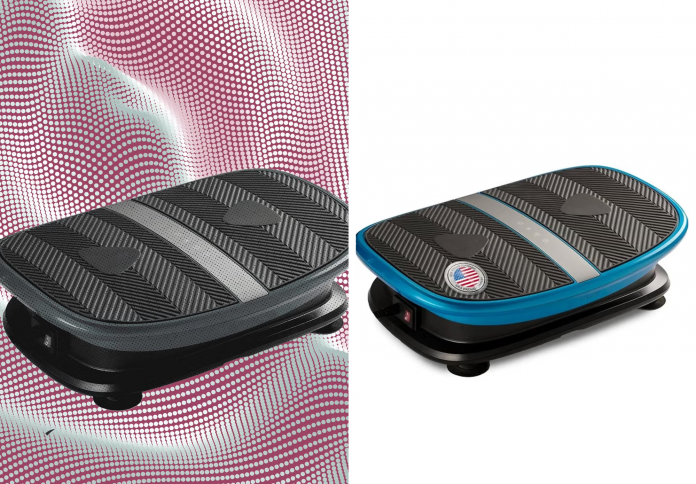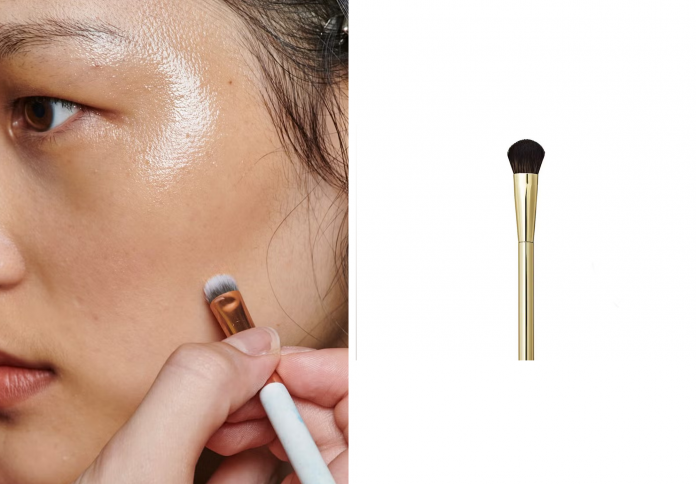Vibration plates, a staple of physical therapy that have recently exploded in popularity across social media, promise a shortcut to fitness—from rapid weight loss to improved lymphatic drainage—all with minimal effort. But does this whole-body vibration (WBV) training live up to the hype? Experts agree that while a vibration plate is no magic bullet for fitness, it is a powerful tool when integrated into a holistic health and wellness plan. The technology, which causes muscles to contract and relax rapidly, offers proven benefits for improving circulation, bone density, and muscle strength, particularly for certain populations. However, relying on the machine by simply standing still is unlikely to yield the dramatic results often showcased online; instead, using the plate to intensify and enhance traditional exercises is where its true value lies.
The Science Behind the Shake: How WBV Works
Whole-body vibration plates operate by generating rapid, small-amplitude oscillations that travel through the body. This mechanical stimulation forces the muscles to contract and relax many times per second—far more frequently than during a regular, non-vibrating workout.

This involuntary, rapid muscle activation is the core mechanism that leads to the reported benefits. While a standard exercise might only engage about forty percent of muscle fibers, training on a vibration plate can reportedly activate up to ninety percent, leading to greater muscle engagement. The plate comes in two main categories: linear (side-to-side) and vertical, with the latter often preferred for muscle-building due to its greater intensity. This forced resistance and constant effort to maintain balance intensifies even simple movements like squats or planks, turning a brief session into a high-intensity, low-impact workout.
Proven Benefits: Strength, Stability, and Bone Health
Research, while ongoing, consistently points to several compelling health benefits of incorporating whole-body vibration training into a routine, especially for older adults or those with physical limitations.
One of the most widely supported advantages is the improvement of muscle strength and power, particularly in the legs, making it a viable alternative or booster to traditional resistance training. WBV is also strongly linked to better balance and proprioception (the body’s awareness of its position in space), which significantly reduces the risk of falls in older individuals. Furthermore, the pressure the muscle contractions put on the skeletal system can stimulate the creation of new bone tissue, making WBV a promising non-pharmacological tactic for improving bone mineral density (BMD) in postmenopausal women and those concerned with osteoporosis.
Beyond the Workout: Circulation and Recovery
The rapid movements generated by the vibration plate offer advantages that extend beyond traditional muscle work, specifically relating to the circulatory and lymphatic systems.
The vigorous shaking can significantly accelerate blood flow throughout the body. This increased circulation not only helps to properly warm up muscles before a workout, making subsequent exercise more effective, but also plays a role in post-exercise recovery. Using the plate after a workout may help to reduce post-exercise soreness and flush out metabolic byproducts like lactic acid. The rapid, involuntary muscle movement also acts as a pump for the lymphatic system, assisting in lymphatic drainage. For many users, this leads to a subjective feeling of reduced puffiness and bloating, even on non-workout days.
The Realistic Approach: Not a Fitness Shortcut
Despite the dramatic claims found in some corners of social media, experts caution against viewing the vibration plate as a magic solution or a substitute for fundamental health practices.
Vibration plates do not significantly burn calories on their own, and simply standing on the machine without moving is only going to provide modest benefits at best. The benefits are consistently shown to be most impactful when the machine is used to intensify movement. For instance, performing squats, lunges, or push-ups while standing on the plate will greatly increase the intensity of the exercise, thereby yielding better results for muscle toning and fat burning when combined with a healthy diet. Health professionals emphasize that WBV is best seen as a supportive tool—an accelerator for results when paired with a balanced exercise regimen.
Important Considerations and Safety
While vibration plates are safe for most healthy individuals when used correctly, there are important safety and quality considerations to keep in mind.
It is crucial to choose quality equipment that oscillates within a safe frequency range, typically between 30 and 50 Hz. Furthermore, some studies have raised concerns that certain low-quality, high-amplitude plates may generate vibrations considered stronger than what is generally safe, although long-term risks are still being researched. Initial use may cause temporary dizziness or nausea as the vestibular system adjusts. Therefore, individuals with pre-existing joint conditions, recent injuries, or certain medical conditions should consult a doctor before incorporating WBV training into their routine. As with any new fitness modality, it is best to start with shorter sessions and gradually build up intensity while always listening to the body to ensure the experience remains challenging, not painful.










